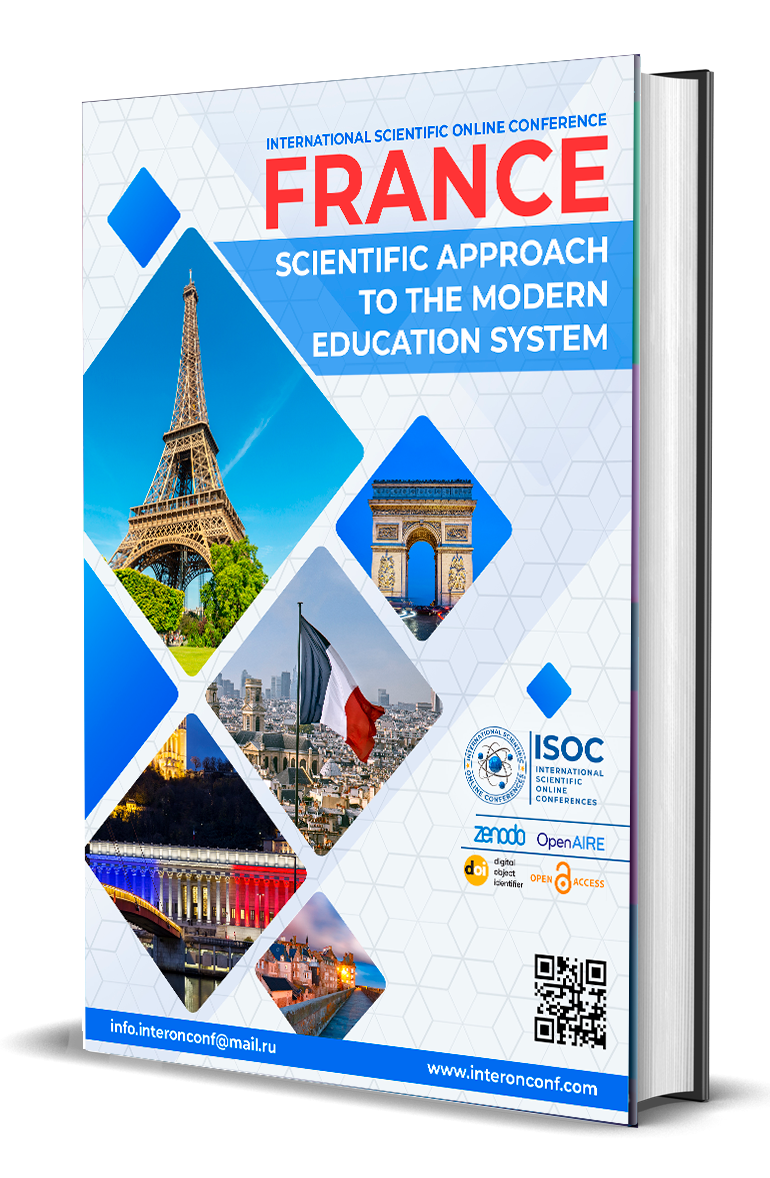THE PRAGMATIC FEATURES OF TRANSLATING ADVERTISEMENTS IN ENGLISH AND UZBEK TV
Keywords:
Pragmatic, translation, advertisements, English, Uzbek, TV, cultural nuances, linguistic adaptation, cross-cultural communication, audience engagement.Abstract
The pragmatic features of translating advertisements in English and Uzbek TV involve capturing cultural nuances, societal values, and linguistic peculiarities of each language. Advertisements must resonate emotionally and contextually with the target audience while retaining the original message’s intent. Strategies include adapting idiomatic expressions, slogans, and humor to align with local customs and beliefs. Moreover, translators must ensure clarity and maintain persuasive elements, balancing creativity with accuracy to achieve effective cross-cultural communication and audience engagement across diverse linguistic and cultural contexts.
Downloads
References
Baker, M. (2018). In Other Words: A Coursebook on Translation. Routledge.
Bell, R. (1991). Translation and Translating: Theory and Practice. Longman.
Catford, J. C. (1965). A Linguistic Theory of Translation: An Essay in Applied Linguistics. Oxford University Press.
Chen, H. (2014). "The translation of cultural elements in TV advertisements: A case study of Chinese-English translation." Journal of Pragmatics, 62, 82-94.
De Mooij, M. (2013). Global Marketing and Advertising: Understanding Cultural Paradoxes. SAGE Publications.
Fialho, A. M., & Marques, J. F. (2015). "The pragmatic challenges of translating humor in advertising: A study of English–Portuguese." Intercultural Pragmatics, 12(2), 255-284.
Hu, G. (2009). "Pragmatics in translation: A cultural view of translating advertising slogans." Intercultural Pragmatics, 6(3), 389-404.
House, J. (2015). Translation Quality Assessment: Past and Present. Routledge.
Kramsch, C. (2014). Context and Culture in Language Teaching. Oxford University Press.
Leppihalme, R. (1997). Cultural Encounters in Translation Between Language and Cultures. Multilingual Matters.
Levy, D. L. (2007). "Translating marketing discourse: Cultural adaptation or pragmatic equivalence?" Journal of Pragmatics, 39(10), 1818-1835.
Liu, M. (2013). "A pragmatic approach to translating TV advertisements from English into Chinese." Language & Intercultural Communication, 13(4), 404-419.
Munday, J. (2001). Introducing Translation Studies: Theories and Applications. Routledge.
Newmark, P. (1988). A Textbook of Translation. Prentice Hall.
Nida, E. A. (1964). Toward a Science of Translating. Brill.
Schramm, W. (1971). "The role of the translator in the mass media." Journal of Communication, 21(1), 67-78.
Toury, G. (1995). Descriptive Translation Studies and Beyond. John Benjamins Publishing.
Venuti, L. (2008). The Translator’s Invisibility: A History of Translation. Routledge.
Weinreich, U. (1953). Languages in Contact: Findings and Problems. Mouton.
Yus, F. (2011). "Cultural translation and pragmatic transfer in audiovisual translation." Language and Intercultural Communication, 11(1), 69-85.





